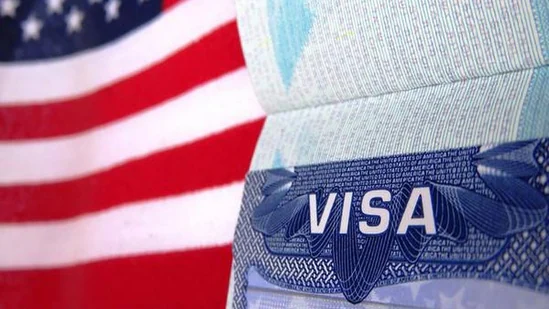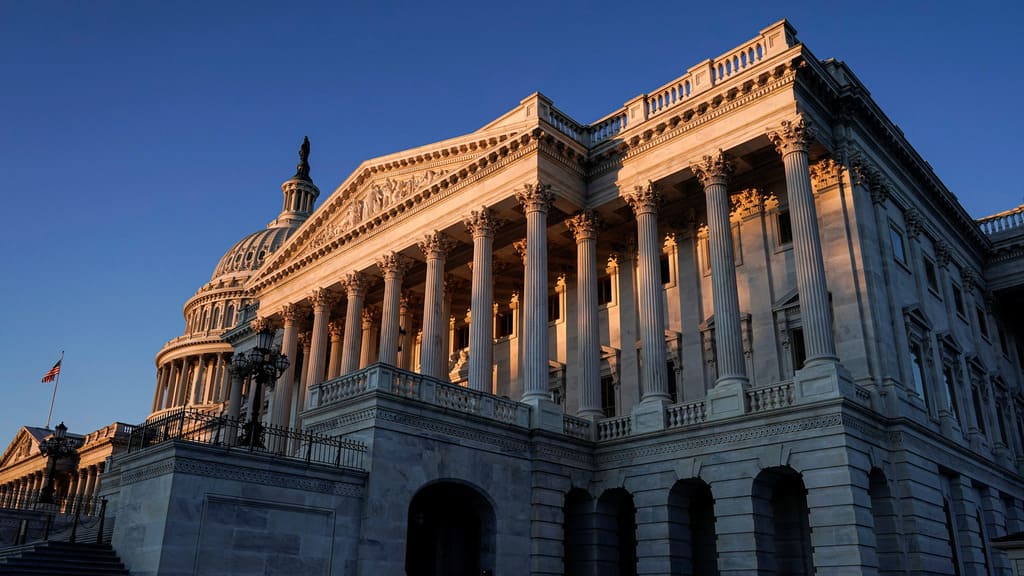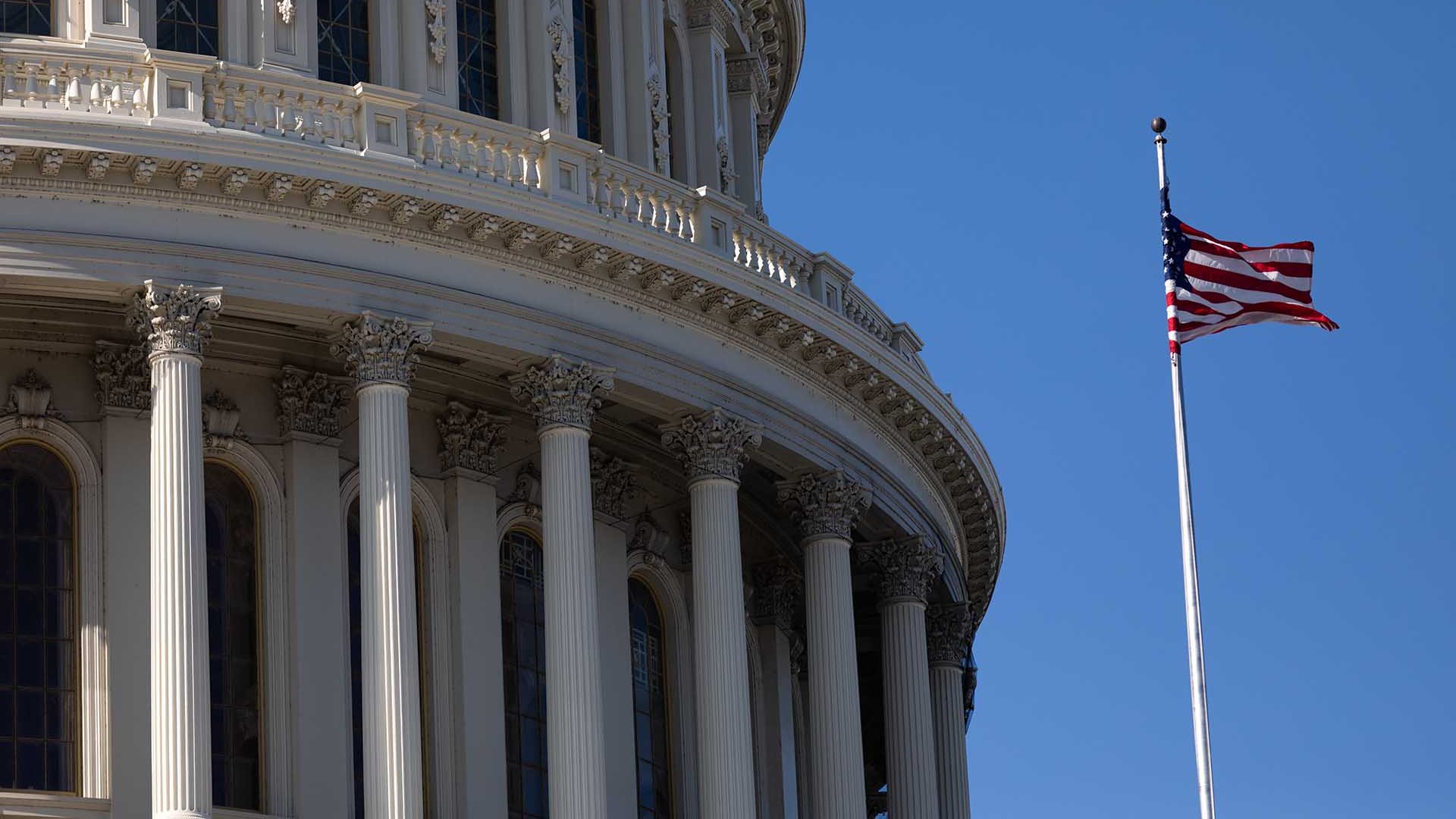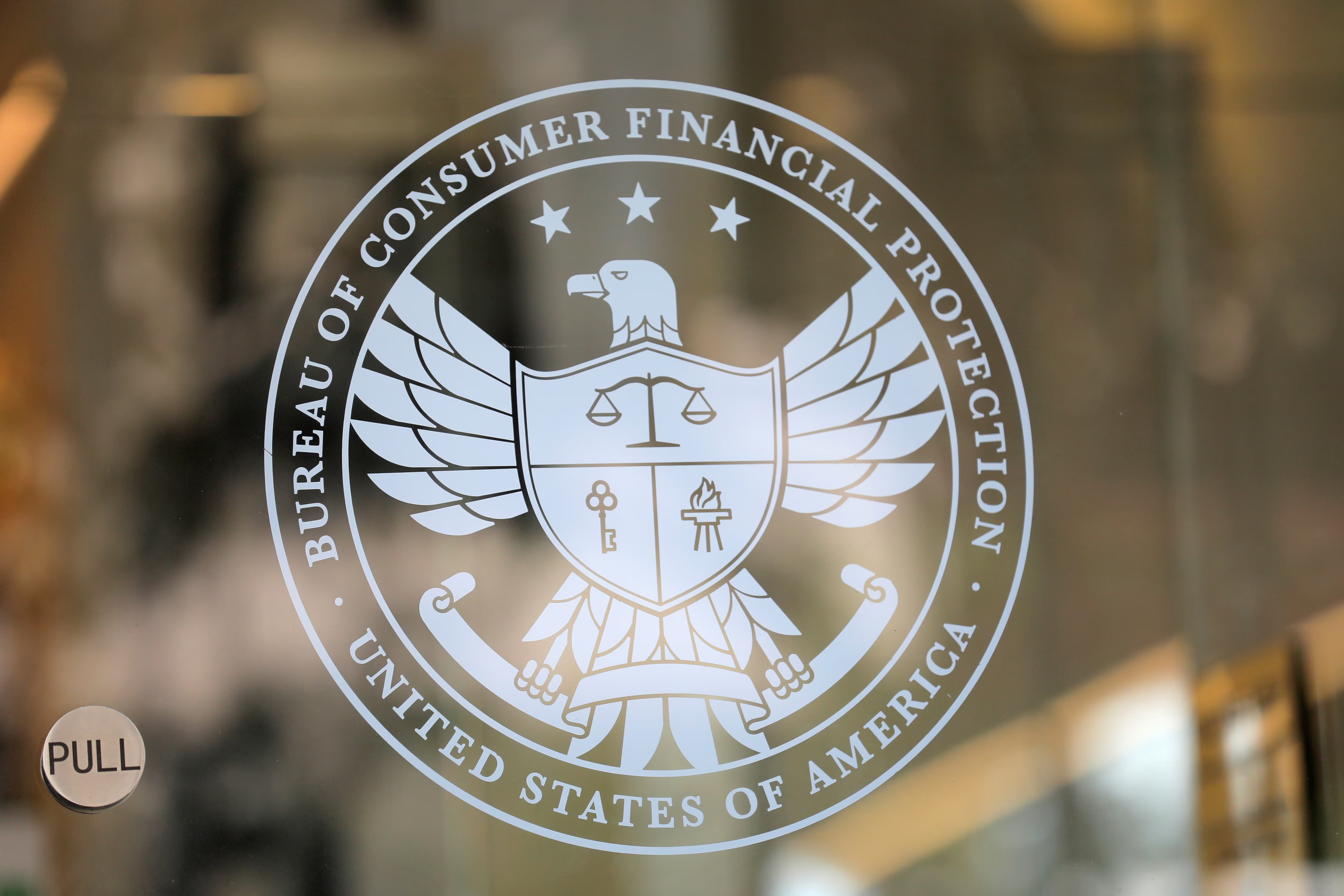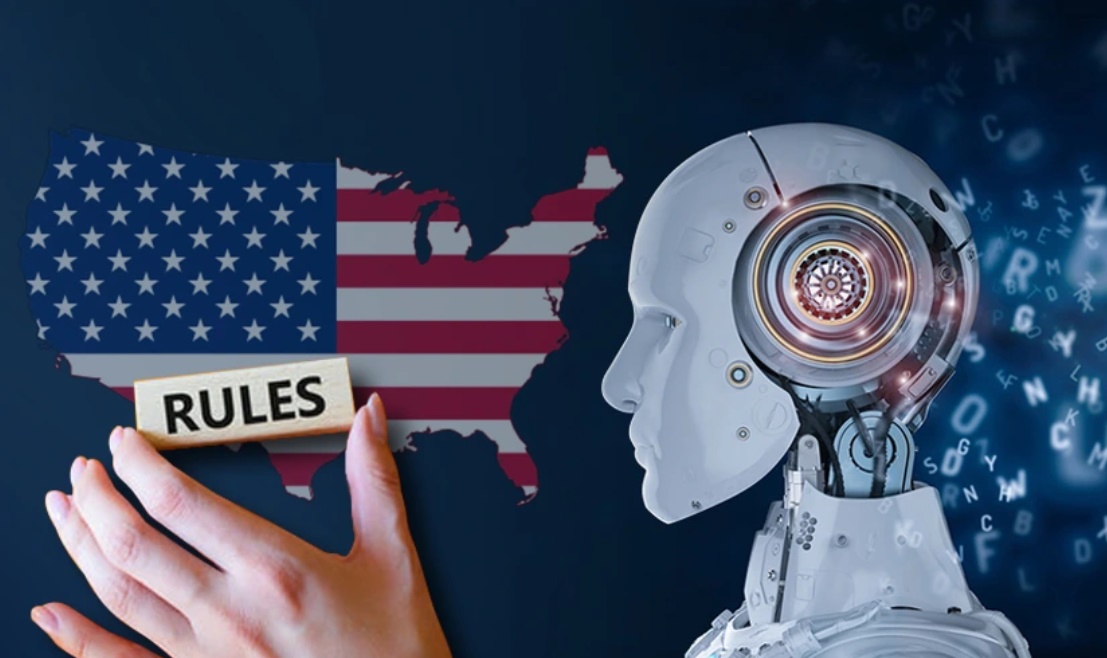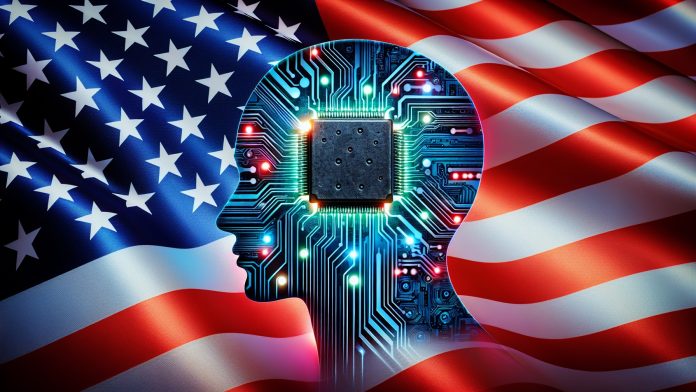🏦 The New American Credit Era: Inside USA Bank Loans in 2025
BynambiPublished 88 days ago
🌍 Introduction: Banking in the Age of Personalization
In 2025, borrowing in the USA isn’t just about applying for a loan — it’s about how well the system already knows you. From instant approvals to income-linked repayments, bank loans in America have entered a new age — one where personalization, technology, and transparency lead the way.
The U.S. financial landscape is now dominated by AI-backed underwriting, climate-conscious credit, embedded lending, and customer-first design. If you’re thinking about borrowing this year — whether to buy a home, start a business, or fund your education — this guide will show you how everything has changed and how you can benefit.
📊 Section 1: The Biggest Changes in 2025 USA Bank Loans
1. AI + Behavioral Lending Models
In 2025, banks don’t just look at your credit score. They analyze:
Spending behavior
Subscription history
Freelance/gig payments
Mobile app transactions
This data feeds predictive models that determine your loan limit, interest rate, and even repayment structure — all in real time.
2. Embedded Lending is Everywhere
Loans are now invisible and seamless. While shopping online, buying an appliance, or booking a flight — you’re offered financing at checkout, without needing to visit a bank.
3. Green Loans Get Priority
With U.S. banks under pressure to support climate goals, green financing is rising fast:
Preferential rates for solar installations, EVs, and sustainable housing.
Partnerships with government agencies for eco-incentive loan programs.
4. Dynamic Repayment Systems
Borrowers can link their payments to:
Freelance income cycles
Business profit spikes
Tax refund periods
This flexibility helps avoid defaults and makes loans feel “lighter” in tight months.
🧑🤝🧑 Section 2: Who’s Benefiting the Most?
Borrower Type Loan Benefits in 2025
First-Time Homebuyers AI-prequalified mortgages, digital closings
Gig Workers Loans based on app-based income, with seasonal repayment options
Small Business Owners Revenue-linked credit, same-day approvals
College Students Skill-based student loans with post-graduation grace flexibility
Eco-Conscious Borrowers Green auto/home loans with rewards and lower APRs
💡 Section 3: Smart Tech Behind the Scenes
Blockchain: Increases transparency in loan terms and contract enforcement.
Open Banking APIs: Allows secure sharing of financial data between apps and lenders.
Voice & Chatbot Advisors: Guide users in choosing the best loan based on goals.
Data Scoring: Alternative credit scoring models use rent, phone bills, and even social trust networks.
⚠️ Section 4: Risks and Red Flags
While borrowing has become easier, it’s also riskier if you're not aware:
Hidden Fees in BNPL Schemes: "No interest" often turns into backend charges.
Over-personalization: Some borrowers face discriminatory rates if their data is misinterpreted.
Loan Addiction: Easy credit access can lead to overspending.
Privacy Concerns: Your financial patterns are shared — often more widely than you realize.
✅ Section 5: How to Borrow Wisely in 2025
Use AI Budgeting Tools like Copilot, Cleo, or Rocket Money to plan repayments.
Check APR and Total Cost — not just monthly payment.
Consider Credit Unions & Online Banks for more flexible options.
Verify Your Data — request a report of your digital credit profile to ensure accuracy.
Explore Government-Backed Loans if you're a student, veteran, or homebuyer.
🔮 Section 6: What’s Coming in 2026?
Real-Time Salary-Linked Credit Cards
Emotion-Based Credit Assistance (via wearables)
Social-Verified Loan Pools — lend and borrow in micro-communities
Crypto-Collateral Loans — use digital assets to secure USD-based loans
Digital Avatars for loan advice and portfolio simulations
🧠 Final Thought
“The new world of lending belongs to those who are financially aware, data-savvy, and digitally equipped.”
Bank loans in the USA are now smarter, faster, and more flexible — but they also demand more responsibility. Stay informed, ask the right questions, and use technology not just to borrow — but to borrow better.




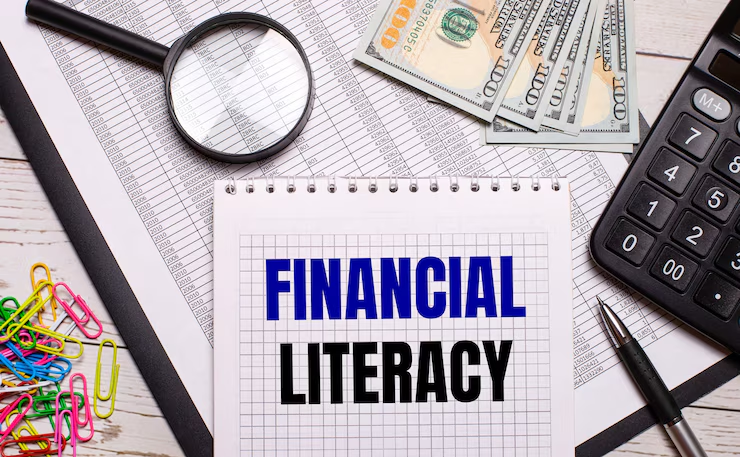
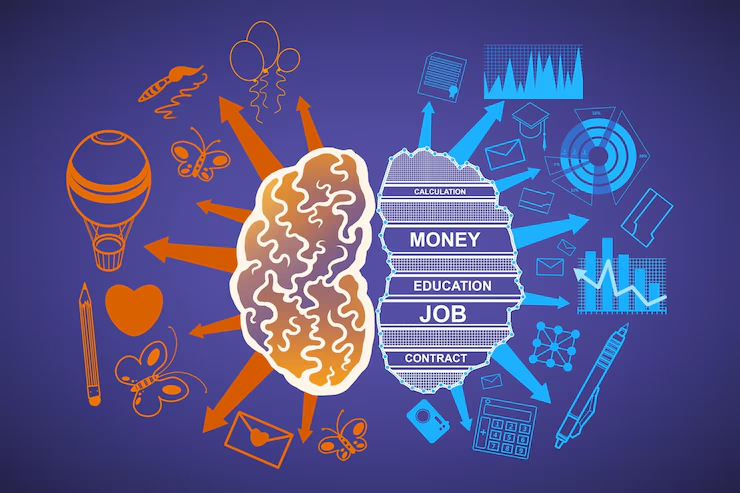

.avif)
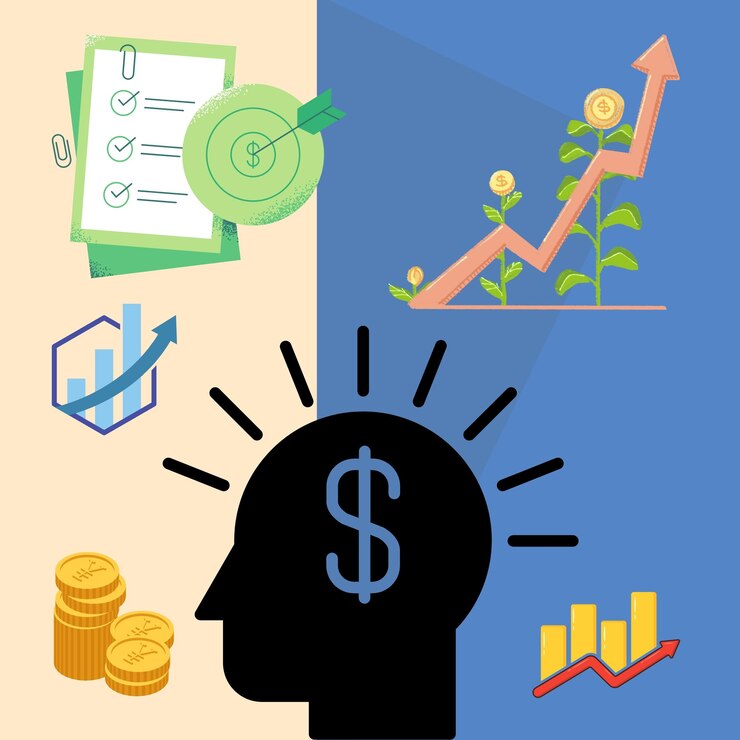
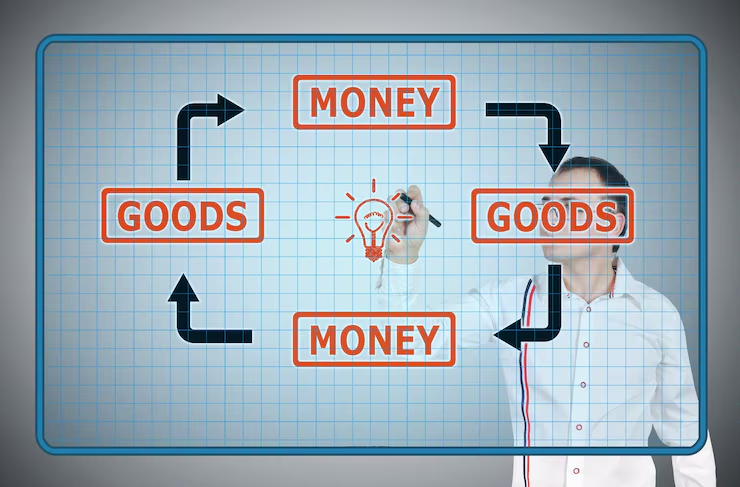



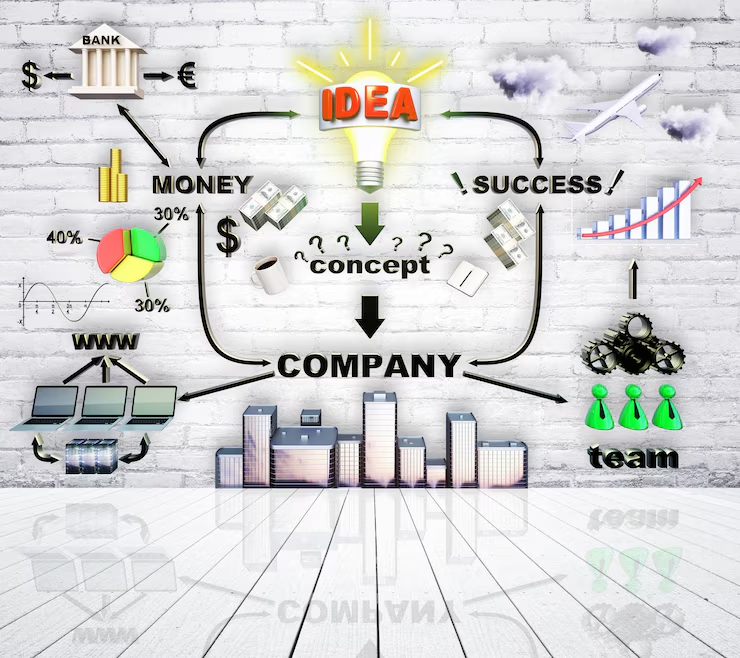

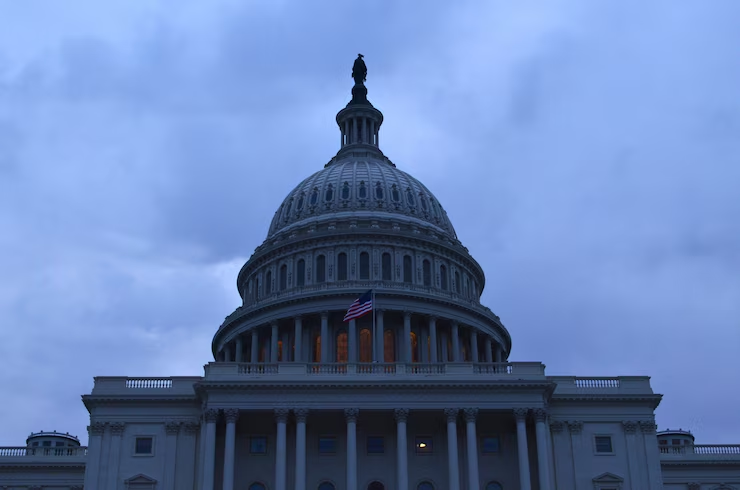








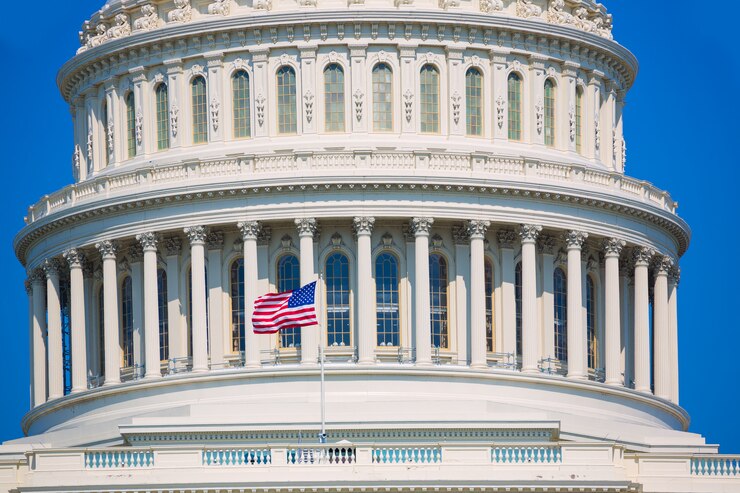

.jpg)





.png)
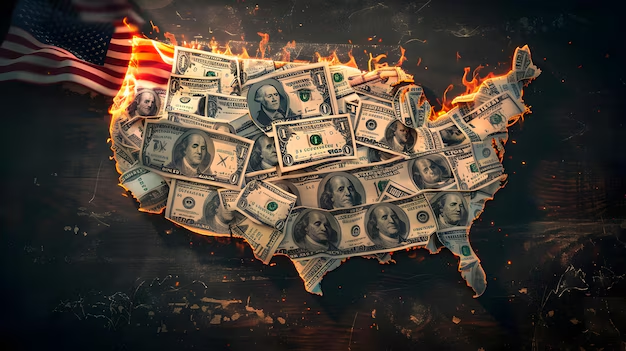

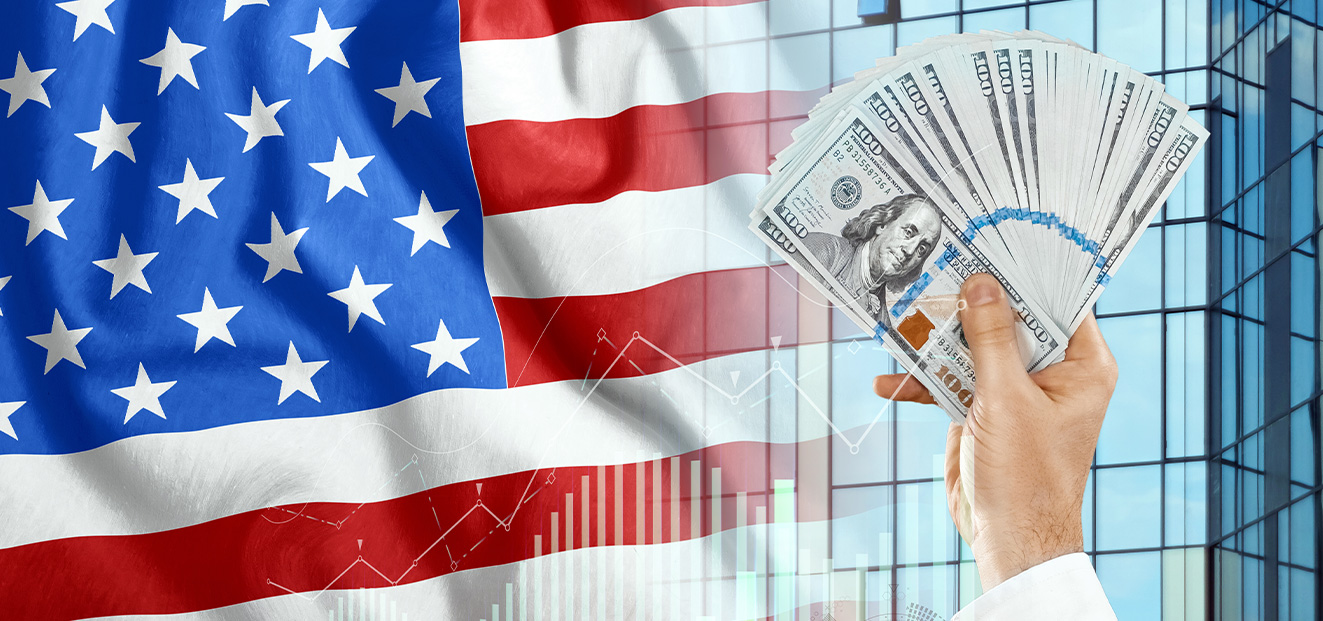

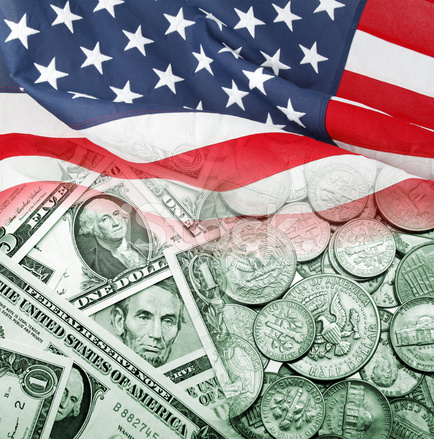




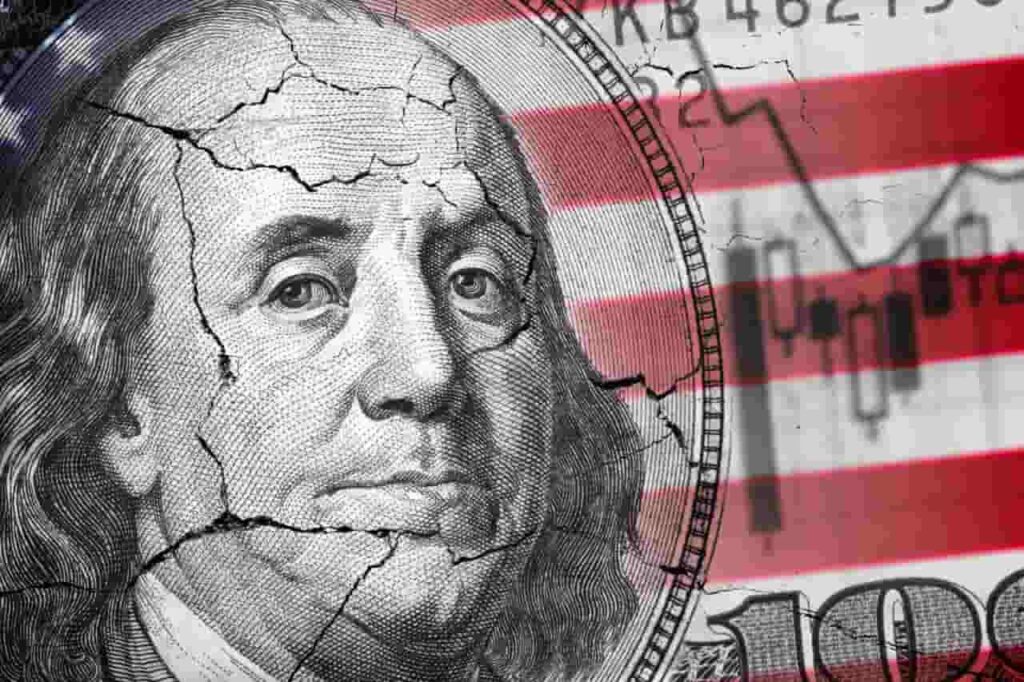
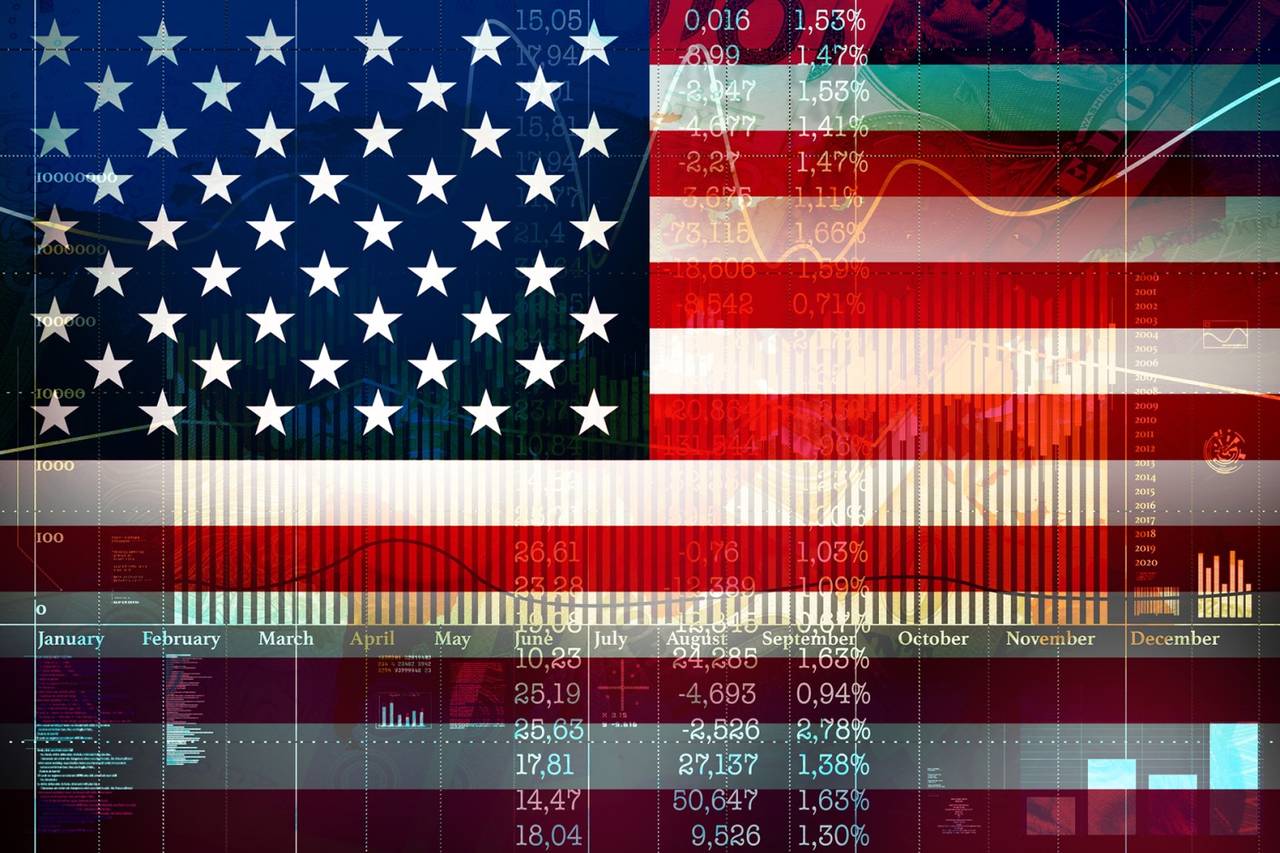


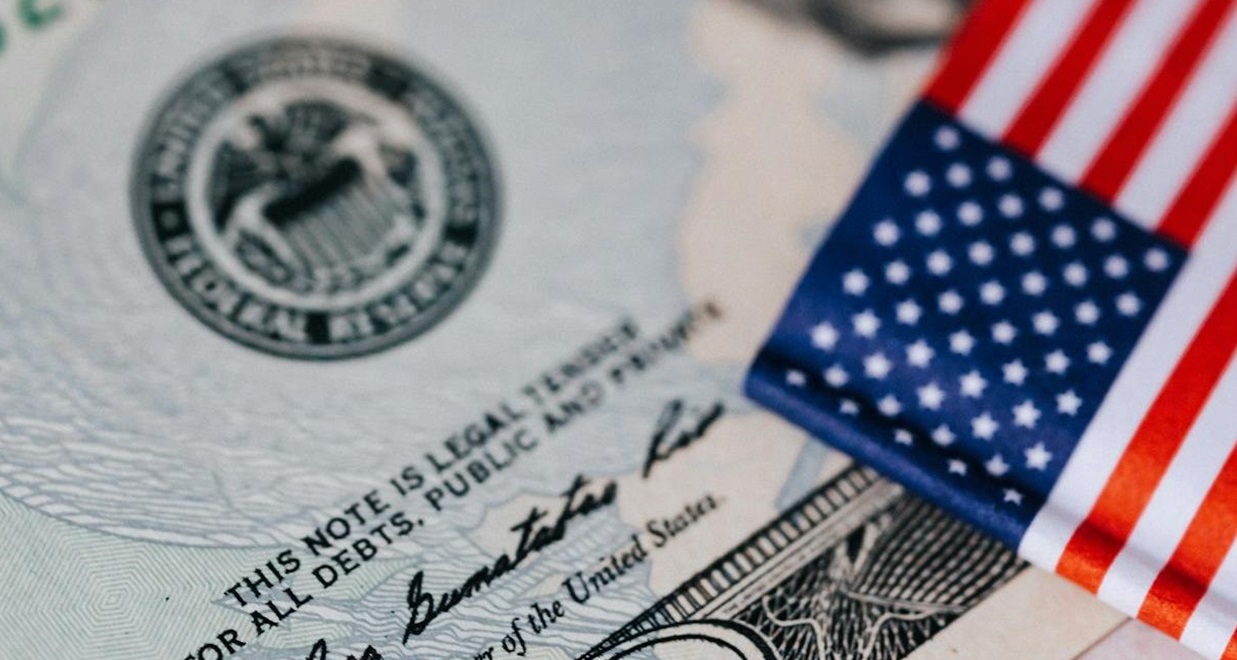
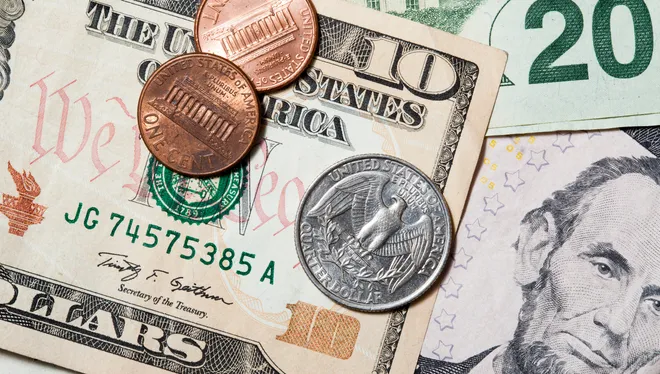



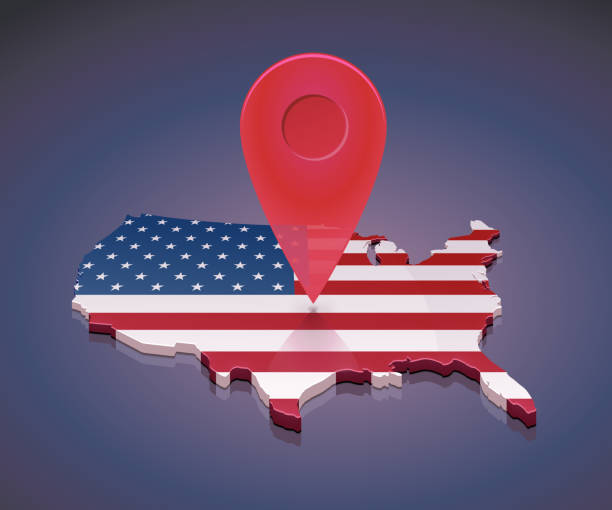
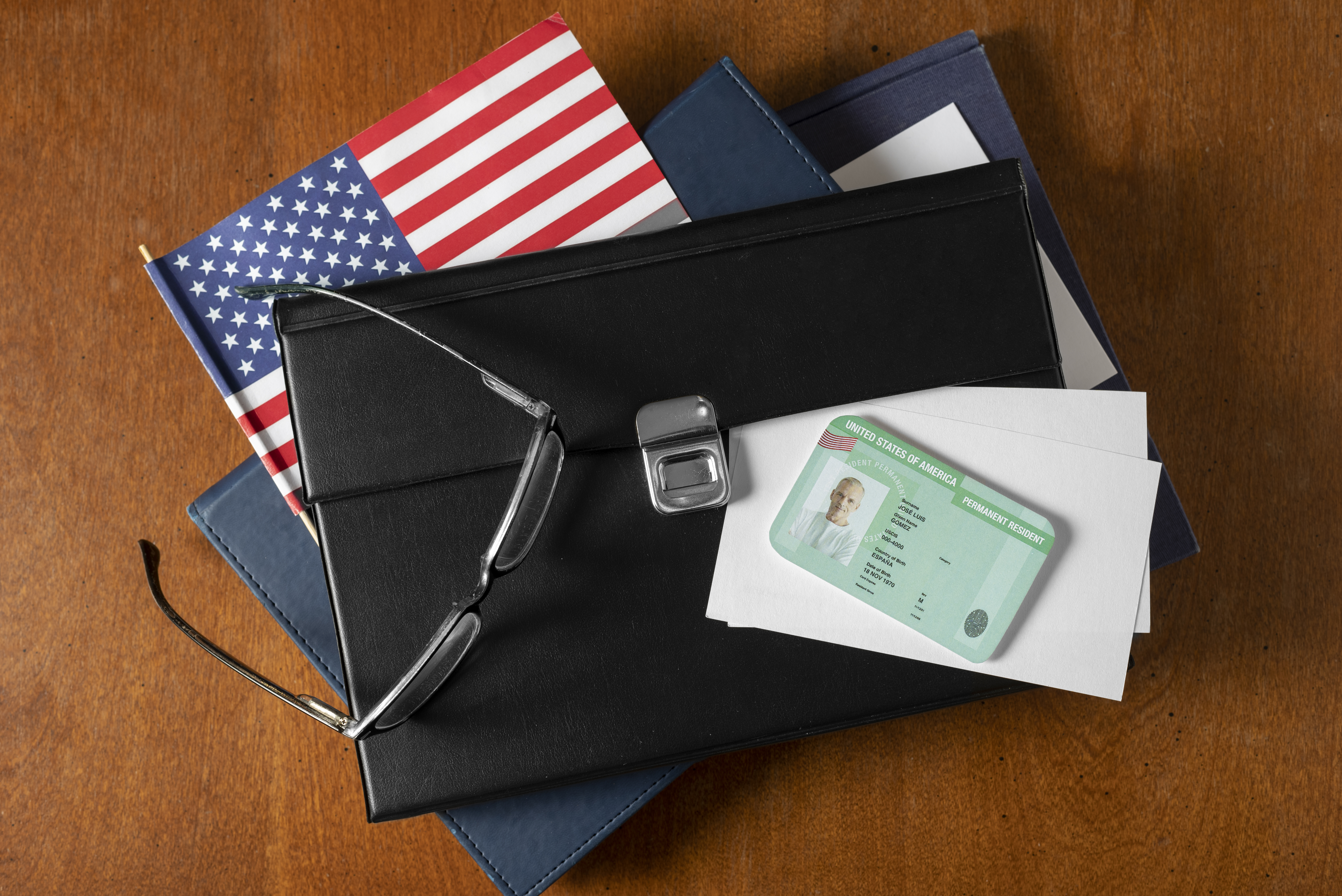


.jpg)
